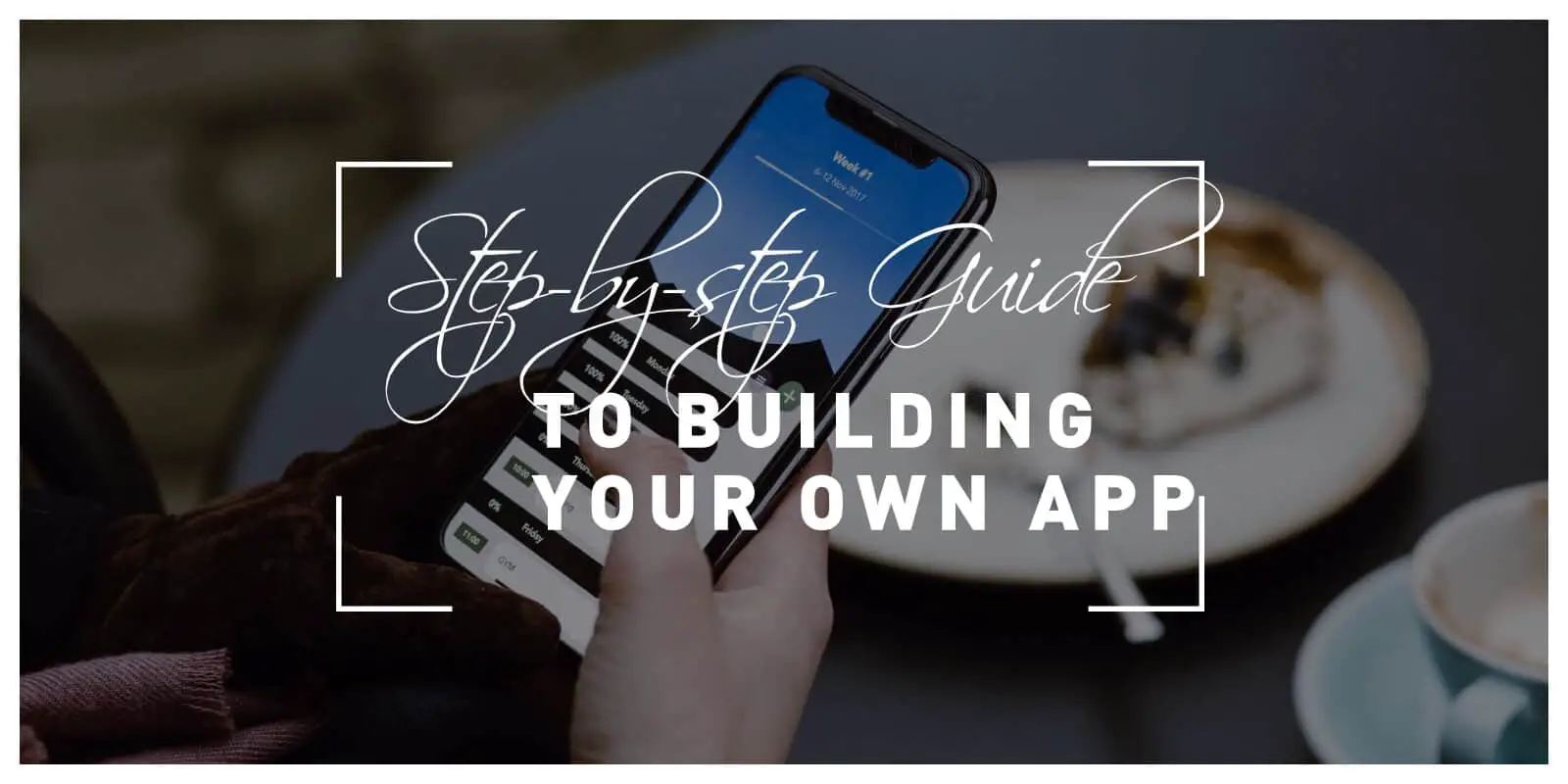We’ve talked about the importance of launching a website and marketing it. This time, we’ll go into the details and talk about the specific steps you need to take when building your own app.
So before you launch a product, make sure that you’ve ticked off every step:
Step 1: Ideate

By 2024, there will be around 28.7 million developers looking to produce the next great app. With that many people in the market, it’s easy to be overlooked. Many apps work and look the same, and you don’t want to be redundant.
You need a unique, feasible, and sustainable idea to make your app stand out.
Concept
An app should be functional, and it should address a specific problem to become truly relevant.
Direct your efforts into polishing and honing a single app idea, and then define this by writing it down on paper and creating a lean app sitemap. The sitemap gives you insight into how your concept would play out when translated into an app.
Platform
Will it be a mobile app that runs on iOS, Android, or both? These are things you need to decide on so that you can determine the programming language the app will be using.

The platform you choose will also impact the costs. Most platforms charge developer fees for you to be able to publish your apps. The two most popular mobile app platforms have their respective fees: $99 a year for Apple App Store and a one-time $25 payment for Google Play Store.
Monetization
You need an app that’s profitable so you can get a significant return on time, effort, and ideation investments. There are several ways your app can earn money for you:
Freemium apps and in-app purchases: Free to download apps with some specific features usable only through purchase. More people can access the app, but the profit is usually slow and unstable, especially when you’re just starting out.
Paid apps: Users are required to pay for the app upon download. This cost barrier may discourage several users from downloading unless the app shows a superior and unique value.
Sponsorships: When your app has garnered a solid user base, you can partner with advertisers to pay for virtual space on your app.
Step 2: Define your market

It’s never too early to think about marketing. Your branding—including your name, logo, colors, and content style—should be motivated by your target audience. These core branding elements must speak to your market.
When you define your target audience, figure out which channels they use and how they prefer to communicate: Is it through email, social media posts, or online communities?
You can even start reaching out to them in the pre-launch phase of your app-building process. This generates buzz and excitement that could lead to more downloads when you finally release your app.
Step 3: Develop the app
There are two ways you can go about the actual app development: You can do the programming yourself, or you can hire a skilled developer.
Either way, this step should be focused entirely on producing a running version of the app. This is where you finally get to see your app idea come to life.
Step 4: Create a business plan

When considering an app business, it’s important to develop an effective strategy too. The app industry has created several millionaires in the last few years alone, so you know this is a lucrative business.
A solid business plan serves as your manifesto. It should be the document that guides you through every step of your app-building process—from the conceptualization phase to funding and down to the marketing styles you’ll adopt.
Step 5: Secure funding

Craft an elevator pitch; you never know who you’ll have to pitch your idea to. Building an app takes time and a lot of resources, and you’ll need funding to get things moving:
Self-finance: This is a great option if you have enough money, so you’ll have sole ownership over the app.
Loans: Your business plan will determine the amount of credit a bank or other financial institutions can lend you.
Finding a partner: Share the startup costs with another person or organization, but this means that you’ll also be sharing the profits.
Now that you know what to do, the next step is to actually start doing it!

